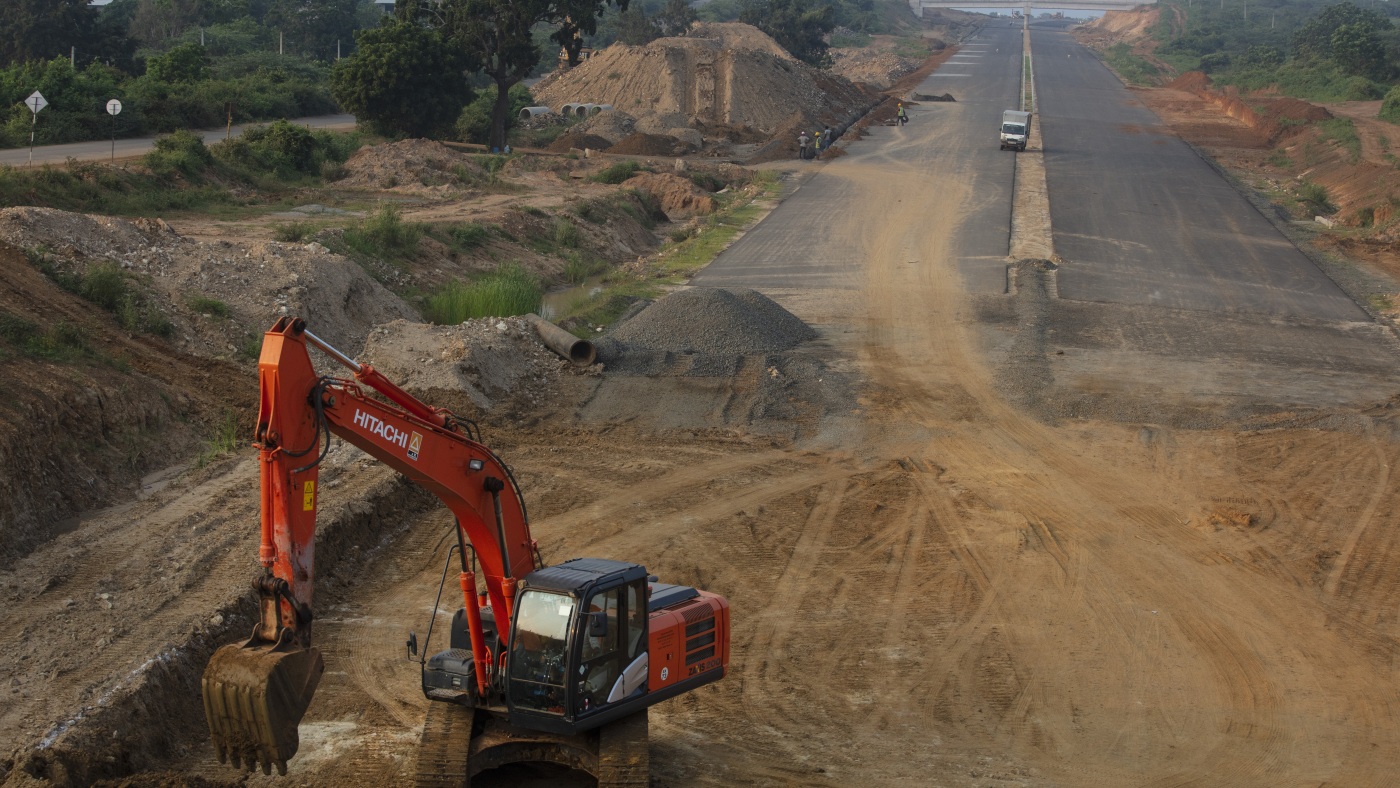Defence Minister Rajnath Singh recently praised the Indian Army, the Defence Research and Development Organisation (DRDO), and local industries for a major achievement in enhancing India’s air defence. This success boosts our ability to handle high-altitude operations effectively.
Dr. Samir V Kamat, the Secretary of Defence R&D and Chairman of DRDO, also acknowledged the teams involved in the missile test, highlighting its importance for our air defence needs in elevated terrains.
In April 2024, the Strategic Forces Command (SFC) partnered with DRDO to successfully launch the Agni-Prime ballistic missile from Dr. APJ Abdul Kalam Island, situated off Odisha’s coast. The SFC manages India’s nuclear assets across its Army, Navy, and Air Force.
Agni-Prime is a canisterized, two-stage missile capable of using solid propellant. A standout feature is its dual redundant navigation and guidance system, ensuring accuracy. The canister design allows quick deployment and mobility, with a striking range of 1,000-2,000 kilometers. This missile represents an advanced evolution of the Agni class.
These test flights are crucial steps toward fully operationalizing the new missile system. The Agni series has seen significant growth since its inception under the Integrated Guided Missile Development Project (IGMDP) in 1982. Each variant, such as Agni-1 (700 km range) to Agni-5 (5,000 km range), reflects advancements in range and mobility.
Recent studies show a rising awareness and acceptance of India’s missile capabilities among the public. Social media trends indicate that many citizens express pride in these technological advances, emphasizing a sense of national security.
Not only does this success enhance military readiness, but it also reflects India’s growing position in global defense technology. For more details on India’s missile developments, refer to the DRDO’s official site.
Source link
Akash missile



















